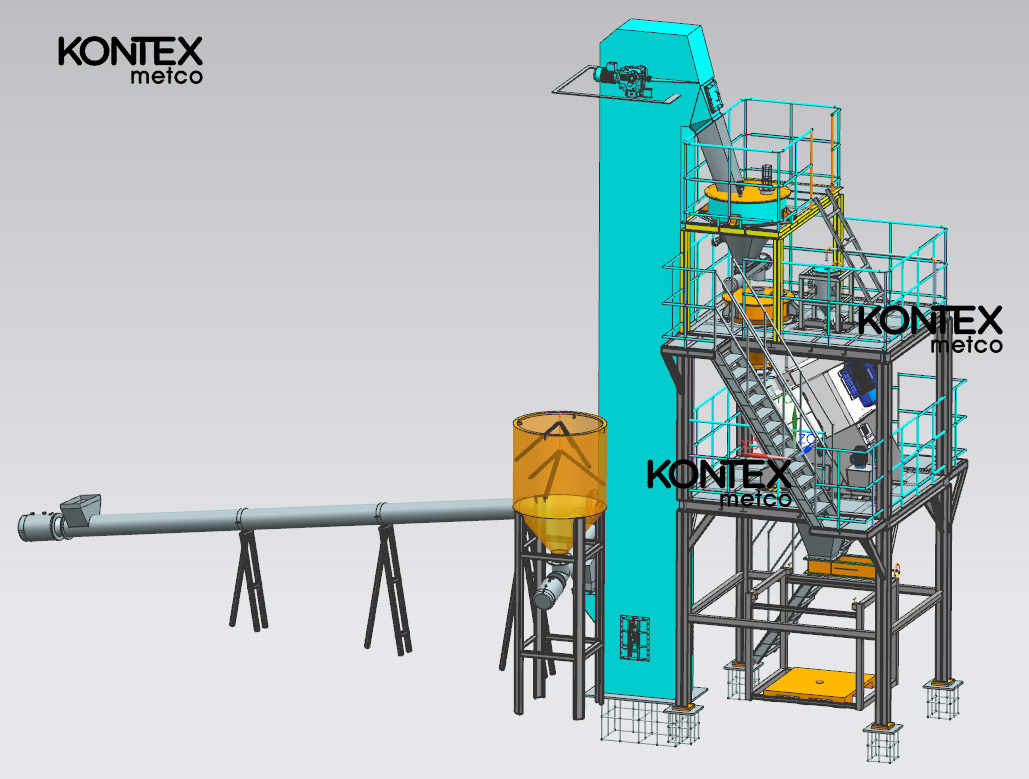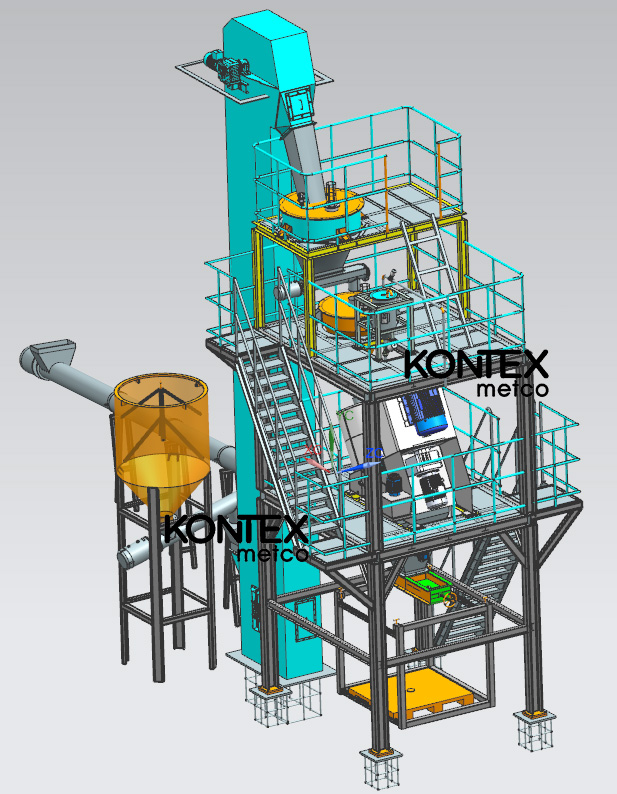Company new
Kontex Intensive Mixer Production Line Design Scheme for Customized Needs
Kontex Intensive Mixer Production Line Design Scheme for Customized Needs
The design scheme for a Kontex Intensive Mixer production line is a highly customized process, tailored to meet the specific requirements of different clients for material mixing, processing, and overall production line setup. Below is an overview of the design scheme based on general principles and common needs, but please note that the specific scheme will need detailed design and adjustments based on the client's actual situation.
I. Needs Analysis
Material Characteristics Analysis: Firstly, it's essential to understand the physical properties (such as particle size, density, flowability) and chemical properties (such as stability, reactivity) of the materials to be mixed, along with the mixing ratio and precision requirements.
Production Process Requirements: Clarify the production line's capacity targets, production efficiency, product quality standards, environmental protection requirements, and safety standards.
Site Condition Assessment: Evaluate the production site's layout, space availability, power supply, water supply and drainage conditions, as well as potential environmental factors (e.g., temperature, humidity, dust).
II. Scheme Design
Equipment Selection:
Kontex Intensive Mixer: Choose the appropriate Kontex series high-intensity mixer based on material characteristics and mixing requirements, considering its rotation speed, capacity, mixing efficiency, and durability.
Auxiliary Equipment: Include feeding machines, metering devices, conveying equipment, dust removal systems, packaging machines, etc., to ensure the smooth operation and efficient production of the entire production line.
Process Flow Design:
Raw Material Preparation: Design a reasonable raw material storage, conveying, and pretreatment system to ensure accurate metering and stable supply of raw materials.
Mixing Process: Achieve rapid and uniform mixing of materials through the Kontex Intensive Mixer. If necessary, set up multi-stage mixing or circulating mixing to improve mixing effectiveness.
Subsequent Processing: Include product cooling, drying, screening, packaging, etc., to ensure product quality meets requirements and is convenient for storage and transportation.
Automation and Control System:
Adopt advanced PLC or DCS control systems to realize automated control and remote monitoring of the production line.
Integrate sensors, actuators, and other devices to monitor key parameters (e.g., temperature, pressure, flow rate) in real-time and perform automatic adjustments and optimizations.
Design a user-friendly human-machine interface (HMI) for easy monitoring and management of the production line by operators.
Environmental Protection and Safety:
Design reasonable waste gas and wastewater treatment systems to ensure environmental compliance during production.
Equip with necessary safety protection devices (e.g., guardrails, emergency stop buttons) and establish strict safety operating procedures to ensure production safety.
III. Implementation and Debugging
Equipment Installation: Install and debug the equipment according to the design scheme, ensuring correct and stable connections between devices.
System Integration and Debugging: Conduct joint debugging of the entire production line to check the operating status and collaborative ability of each device.
Performance Optimization: Make necessary adjustments and optimizations to the production line based on debugging results to improve production efficiency and product quality.
IV. Turnkey Project
As part of the turnkey project, the supplier will be responsible for the entire process from scheme design, equipment selection and procurement, installation and debugging, personnel training, trial production, to subsequent technical support. The client only needs to provide the production site and necessary cooperation, and they will receive a complete production line that meets their needs.
Please note that the above is a general framework for the design scheme, and the specific implementation plan will require detailed design and adjustment based on the client's actual situation. It is recommended to work closely with professional engineering consulting firms or equipment suppliers for in-depth communication and collaboration to ensure the accuracy and feasibility of the production line design scheme.


RELATED NEWS
- Baowu Iron and Steel emergency repair 2020-09-28
- eirich intensive mixer 2024-08-02
- eirich spare parts 2024-08-02
- kontex intensive mixers 2024-08-07
- Kontex Intensive Mixer: Perfect Delivery, Setting New Heights in Refractory Mate 2024-08-07
CATEGORIES
LATEST NEWS
CONTACT US
Contact: Kevin zhang
Phone: 15720553151
Tel: 0555-6776995
Email: azws@kontex-metco.com
Add: Anhui Province, China Manshan District, Bowang Num 899
